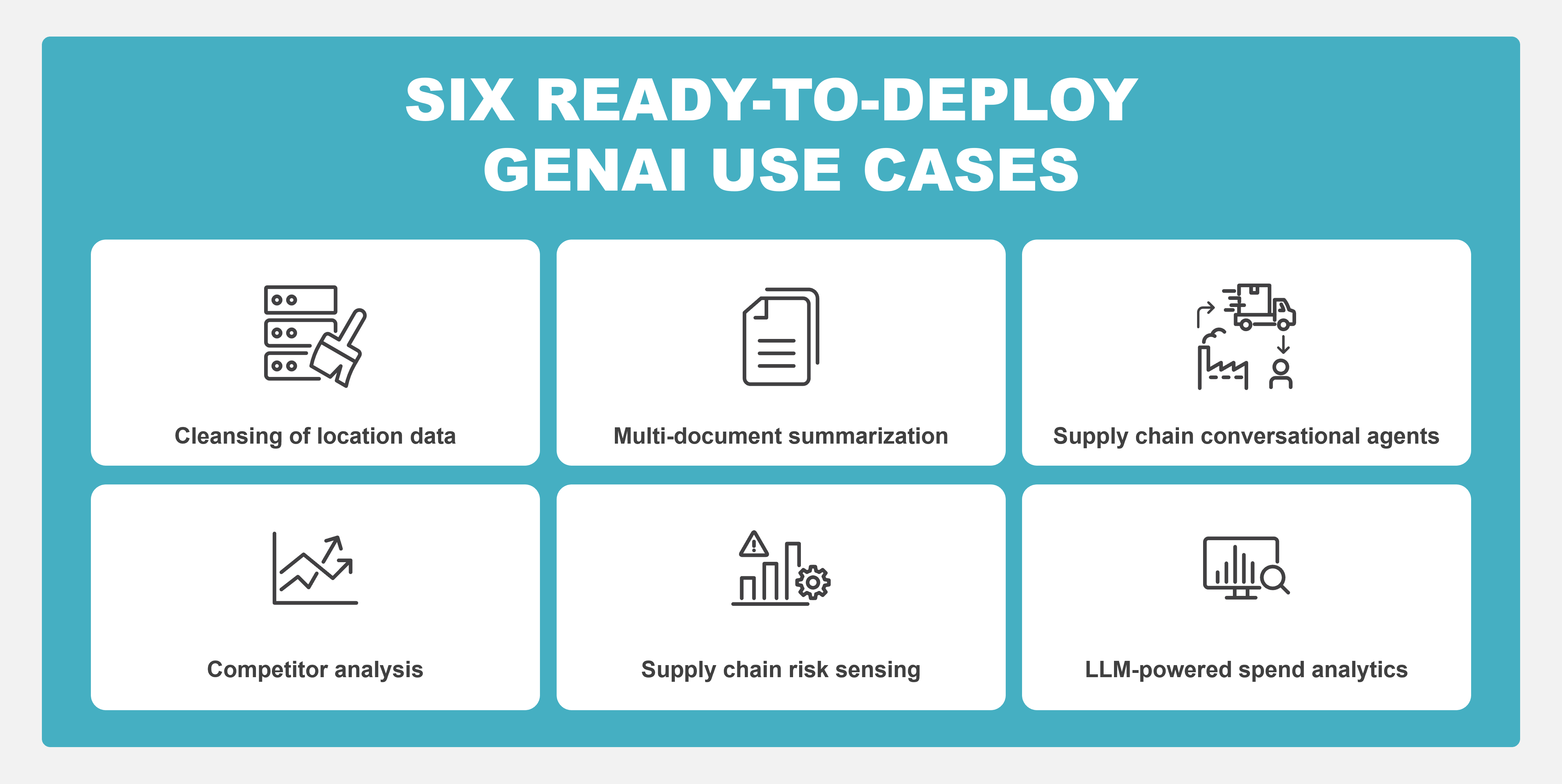
Ever since the popularity of ChatGPT exploded back in November 2022, companies have been following the developments around the much-anticipated Generative AI (GenAI). 2023 marked the beginning of a collective effort to bring this technology to enterprise users.
Although Bristlecone had been experimenting with GenAI since early 2023, the major turning point was when a customer asked us to leverage a GenAI solution to summarize multiple documents and generate the output in a predefined format. Since then, we have collaborated with several additional customers to explore business use cases for GenAI and, after many conversations with multiple customers and partners across industries, we have shortlisted six ready-to-deploy GenAI use cases. We already covered three of these use cases in an earlier article so we’ll be focusing only on the new ones.
1
Competitor Analysis: As a best practice, every company monitors the activities of its competitors. A team of business analysts manually scans through quarterly and annual reports of multiple companies to extract trends, new initiatives and relevant insights. Generative AI can help streamline this effort by summarizing these reports in a predefined structure. GenAI’s ability to read through semi-structured documents will enable you to automatically calculate some of the KPIs like YoY margin, YoY revenue, etc. And it will not stop there! A conversational UI will let you query additional information from these reports, enabling business analysts to respond faster to queries.
2
Supply Chain Risk Sensing: Supply chain disruptions are becoming the new normal and companies have been forced to plan and respond to these events proactively. Supplier-related risks, market volatility and potential network bottlenecks are dynamic and often unstructured. Companies have long tried to tame this unstructured data to extract structured insights, but the cost and scale of executing such a system have been major prohibitors to adoption. GenAI has reduced the initial investment required to create such risk-sensing solutions. It can enable advanced analysis like abstract summarization, entity recognition, event classification, topic modeling, relevancy assessment, and redundancy elimination at much faster speeds and with higher scalability. This proactive approach can enhance the supply chain resilience and minimize your financial and operational risks.
3
LLM-Powered Spend Analytics: Analyzing spend data is common across industries. Some teams specifically analyze company spend data to identify trends and patterns, review supplier performance, detect non-compliant transactions, offer insights on cost-saving opportunities, and more. This is usually done using a Business Intelligence (BI) layer on top of the data, which first needs to be collated, cleansed and transformed. After all this heavy lifting, information is consumed using dashboards and reports. You can also run business rules to identify anomalies in the data, create alerts, and even add a predictive flavor using time-series forecasting. However, even after doing all this, your insights are limited to your predefined KPIs. But is it prudent to rely solely on historical KPIs today? Enter GPT-powered Spend Analytics. This approach is already making shockwaves for two key reasons:
-
- It can be deployed faster than the traditional methods.
- It can offer insights over and beyond typical dashboards.
Let’s expand a bit more on the second point. Unlike traditional systems, GPT-powered Spend Analytics can calculate and create KPIs on-the-go based on user prompts. You can even drill down to the specifics in a conversational manner, enhancing user experience and decision-making.
This is just the beginning of the GenAI era and it’s only going to explode further. While it’s perfectly fine to wait for your software vendors to embed these capabilities in your day-to-day tools, creating a differentiated use case for your specific needs can be a game-changer.




